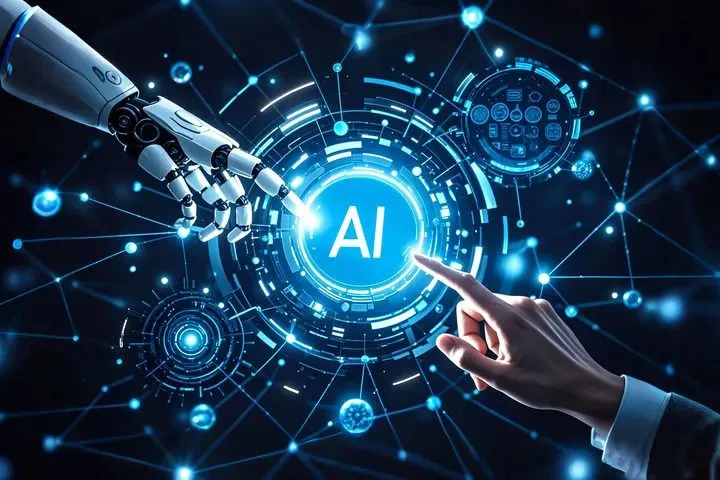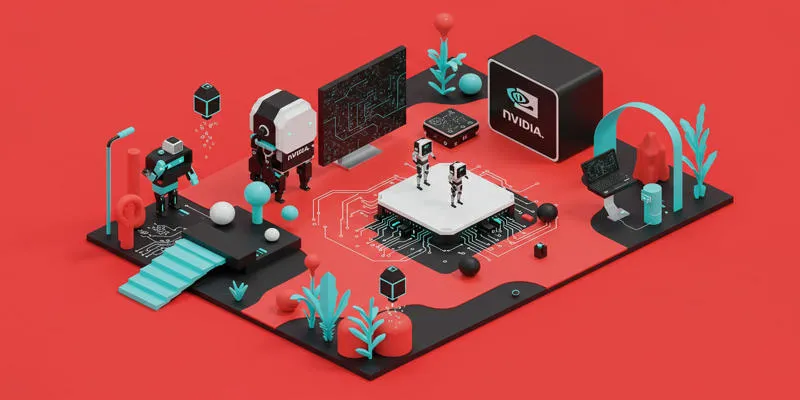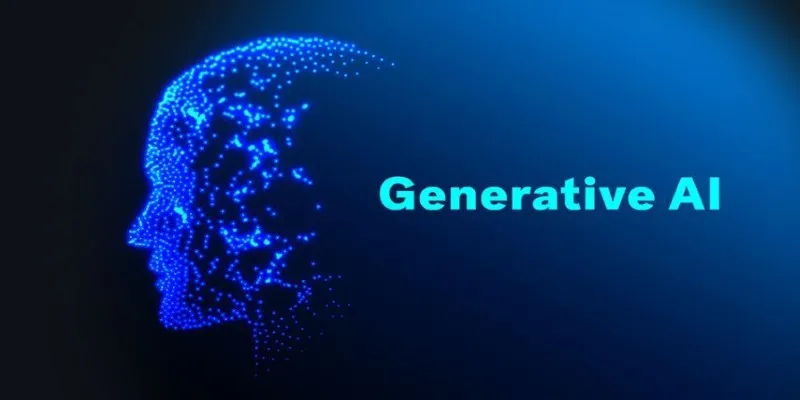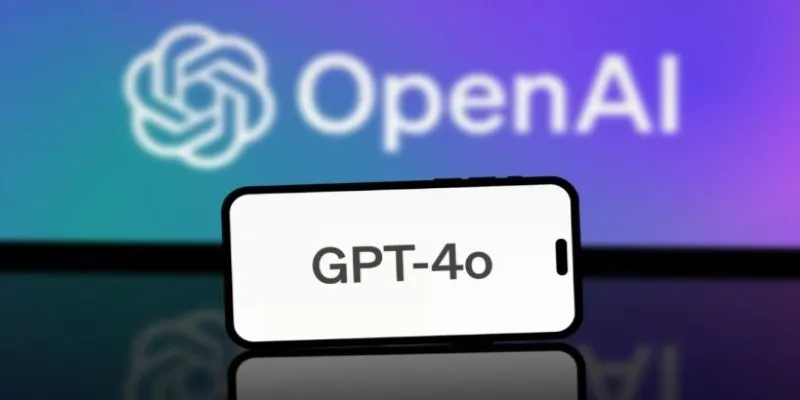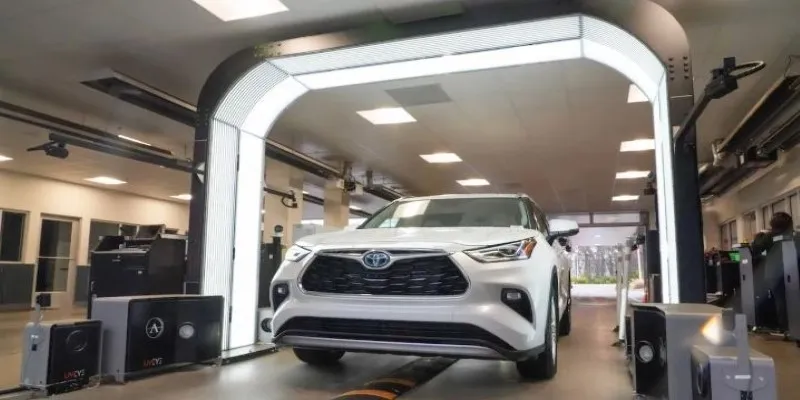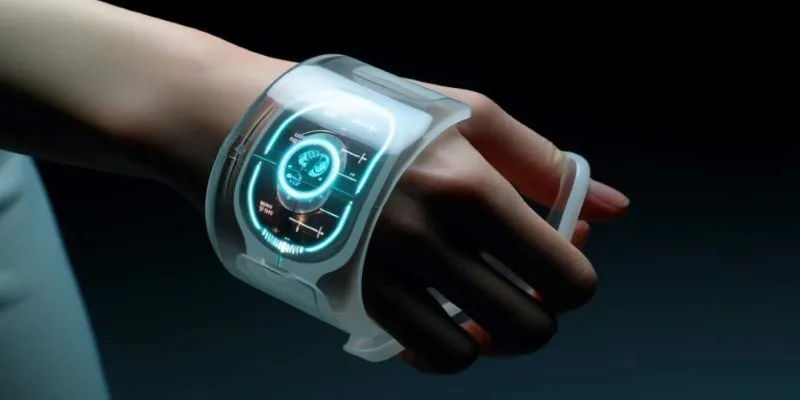Safety has always been more than just a feature for Volvo — it defines the company’s identity. From pioneering the three-point seatbelt to setting global benchmarks for crash protection, Volvo has built its reputation on protecting lives. Today, it is taking that mission to a new level by integrating artificial intelligence (AI) into its vehicles.
This approach allows Volvo to see beyond traditional tests and understand real-life driving risks in detail. Rather than reacting after an accident, AI helps the car anticipate and prevent incidents, reshaping what safety means on the road and how it’s delivered to drivers.
Transforming Safety with AI
For decades, Volvo perfected safety through physical engineering, standardized crash testing, and lessons learned from road data. While effective, these methods had limits in predicting real-world driving scenarios. AI provides a way to delve deeper. By analyzing vast amounts of live and historical driving data from cars worldwide, AI models detect patterns in driver behavior, traffic flow, and environmental conditions that contribute to danger.

Instead of testing a few fixed scenarios in controlled environments, Volvo can now simulate thousands of possibilities at once. These include rare events, like unexpected pedestrian crossings in poor lighting or unusual driver reactions during sudden stops. AI also helps engineers understand how people interact with the car’s assistive features, allowing for adjustments that make them more intuitive and effective. This shifts Volvo’s safety philosophy from reactive to predictive, aiming to prevent more accidents before they happen.
Another benefit is regional adaptation. A Volvo in northern Europe, where icy roads are common, may behave differently than the same model in a subtropical city. AI learns from local conditions and driving habits, tailoring assistance to suit each environment, making the safety system smarter and more responsive for each driver.
Key Technologies Behind the Transformation
At the center of Volvo’s AI-driven safety efforts are sophisticated sensors, cloud computing, and machine learning. New models are equipped with cameras, radars, and lidar that continuously monitor the surroundings and the driver. These sensors collect vast amounts of data, which are then transmitted to Volvo’s servers for analysis. Here, machine learning algorithms process the information to uncover subtle patterns that humans might miss.
Predictive safety has become a major focus. Instead of simply reacting when danger is immediate, AI can recognize warning signs earlier. Subtle cues — such as minor steering corrections, inconsistent speed, or prolonged lane drifting — often indicate fatigue, distraction, or stress. When the system detects such signs, it may suggest a break, adjust the car’s speed, or, in urgent cases, apply the brakes.
AI also enables simulation at an unmatched scale. Traditional crash testing can only cover so many scenarios, but AI-driven simulations can run millions of virtual tests in a fraction of the time. Engineers use these simulations to fine-tune both vehicle structure and software features, ensuring they perform well under conditions too rare or unpredictable for conventional testing. This data-driven design creates vehicles that are better prepared for the unpredictable nature of real-world driving.
Enhancing Everyday Driving Experience
For drivers, the result is a car that feels more aware and supportive, offering protection without overstepping. The AI systems are designed to watch quietly and step in only when needed. Many already recognize this in the form of lane-keeping assistance, adaptive cruise control, and automatic emergency braking; however, Volvo’s AI makes these functions sharper and more attuned to the context.

For instance, driver monitoring now extends to eye movement and body posture, catching signs of drowsiness before the driver notices. If the system senses fatigue, it can suggest stopping for rest or adjusting settings to keep the driver alert. It also accounts for road and weather conditions, delivering warnings earlier on slippery roads or in low visibility.
Urban safety is another area where AI makes a clear difference. City streets are dense with hazards — pedestrians stepping off curbs, cyclists weaving through lanes, vehicles stopping unpredictably. AI allows the car to process all of this quickly, prioritize potential threats, and react more effectively than a human might in a split second. For families, commuters, and professional drivers alike, this means greater confidence and less stress in demanding environments.
Just as important is the sense of reassurance. Knowing the car is constantly learning and improving its ability to protect creates trust. The goal is not to take control from the driver but to provide an extra layer of awareness, stepping in when human attention lapses or risks appear unexpectedly.
The Road Ahead for AI in Volvo’s Safety Vision
Volvo sees this moment as the start of a longer journey, with more ambitious ideas already in development. Cars are beginning to communicate with each other, sharing information about road hazards through the cloud. If one Volvo detects black ice or stalled traffic, others nearby can be alerted instantly, creating a kind of collective intelligence on the road. This approach could reduce accidents in ways no single car could achieve alone.
The same AI foundation also paves the way for more advanced forms of autonomous driving. While full autonomy remains years away, these safety advances lay the groundwork by training cars to handle more driving tasks under specific conditions. As more data is gathered, AI will grow even better at making decisions and supporting drivers. Yet through all these changes, Volvo’s goal remains the same: protecting lives by utilizing every tool available and constantly pushing the boundaries of what a safe car can be.
Conclusion
Volvo’s use of artificial intelligence is redefining what road safety looks like. By drawing on real-world data and predicting danger before it strikes, AI allows the company to move beyond traditional tests and into a more adaptive, preventive approach. Drivers benefit from vehicles that quietly monitor conditions, respond intelligently, and help avoid accidents that might have been unavoidable in the past. It’s a natural evolution of Volvo’s decades-long promise to protect people, showing how new technology can serve an old mission in smarter, more effective ways — making roads safer for everyone, one journey at a time.
For further reading on AI in vehicle safety, you might explore Volvo’s official safety vision page or AI trends in the automotive industry.
 zfn9
zfn9





